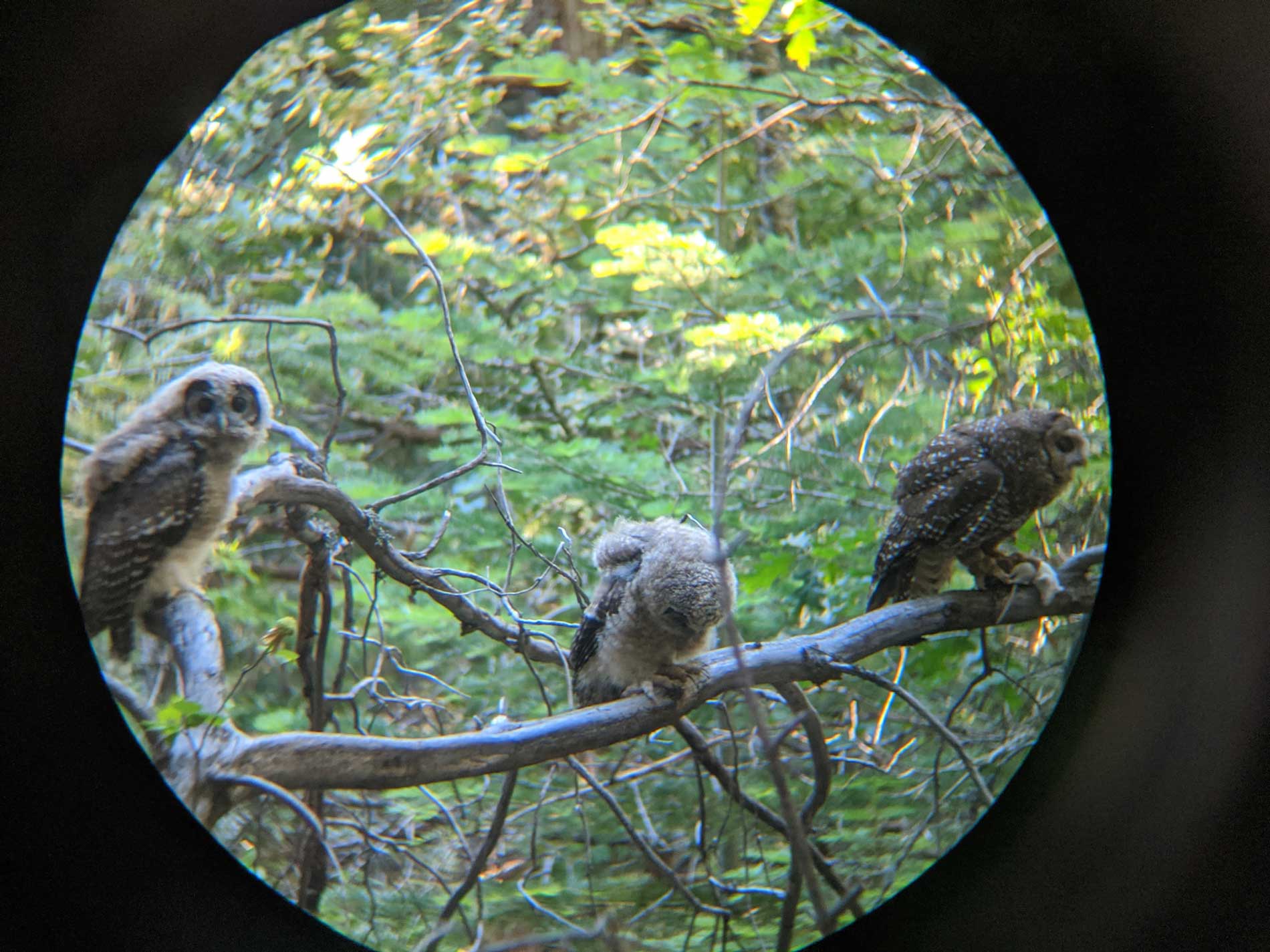The Berkeley Camp Forest Health Project represents a portion of a larger 19,000 acre Claremont Project, which aims to reduce hazardous fuels near the communities of Quincy and Meadow Valley. The project is located on the University of California Berkeley Forestry Camp and the 80 acre Baker Research Forest lands south of Meadow Valley, California. These forests are located between the Rock Creek and Big Creek Drainages which are in the headwaters of the Feather River watershed. The UC Berkeley Forestry camp is an outdoor education facility that delivers the most current science and natural resource management curriculum to a wide variety of audiences every year ranging from students, educators, and natural resource management professionals to state and national policy makers.
The purpose of the project is to develop a Forest Restoration Demonstration Site, and to demonstrate ecological restoration and climate resilient forest management approaches that could be replicated across other wildland urban interface (WUI) and sensitive species areas within Nation Forests, private lands where sustainable timber revenues are a key component of financial stability, and other seasonal outdoor education and recreation camps. This project will complete the necessary federal and state environmental compliance analysis documents for forest health and fuel reduction treatments, and develop a collaborative partnership between UC Berkeley and the Plumas National Forest to implement and monitor the project activities. The project will also engage multiple community partners including the Feather River Resource Conservation District, Meadow Valley Firewise Community, Feather River Stewardship Coalition, Plumas County Fire Safe Council, and the Maidu Summit Consortium.
Many of the forested stands in the wildland urban interface surrounding the UC Berkeley Forestry Camp are characterized by later seral forests with an ecologically valuable component of large diameter “old growth” trees, especially in the Baker Research Forest. These stands currently have very high fuel loads, very high stand densities, active mortality in the large overstory tree component, and consequently are at high risk of high severity wildfire and forest health concerns. These conditions put the nearby resources and communities at risk. As such, many of these areas have been designated as Protected Activity Centers (PACs) for California Spotted Owl and Northern Goshawk as they provide historically suitable habitat for these species. There is also the potential presence of Sierra Nevada and Foothill Yellow-Legged Frogs. The Feather River RCD will be conducting the necessary surveys for these species to determine their presence and help to monitor their status post treatment.
